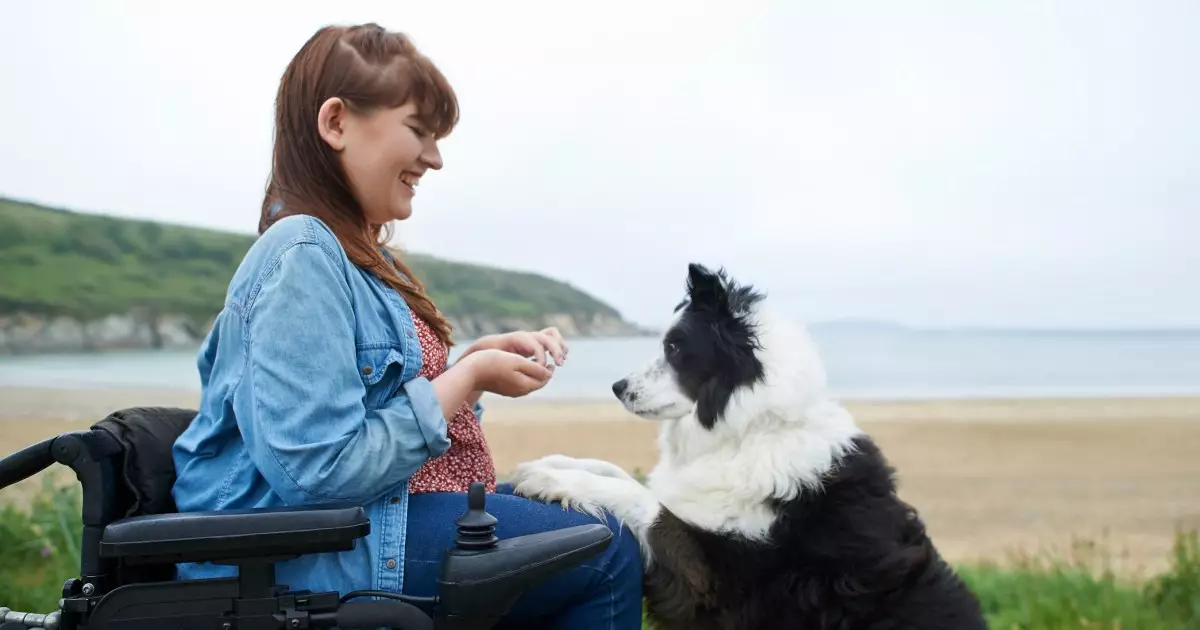Training a dog to respond to the ‘come’ command is not just an essential skill; it can significantly enhance the bond between owner and animal. While some puppies may instinctively run to their owners, not all dogs easily adapt to this command. Therefore, understanding the fundamentals of effective training techniques is key to nurturing a reliable and responsive dog.
When initiating training, it’s crucial to establish a culture of positive reinforcement. Dogs thrive on praise, and when they approach you as instructed, they should receive immediate recognition. Instead of waiting for your dog to perfect the command, celebrate every small success. If a puppy takes even a single step in your direction, that should be acknowledged. Recognizing these incremental improvements can motivate your dog to learn effectively.
It’s essential to understand that a young pup may not always have a clear grasp of the command. As they mature, they might get distracted by various stimuli in their environment. For instance, they may start moving towards you but get sidetracked by a passing squirrel or a rustling leaf. In such instances, rather than reprimanding them, redirect their attention by clapping or saying their name, and start moving away from them. This strategy encourages them to chase after you, making the ‘come’ command a positive and fun experience.
One of the most common pitfalls in dog training is inadvertently instilling fear or anxiety related to the ‘come’ command. If a dog learns that they will be punished upon arriving, they will begin to associate coming to you with negative experiences. This means they might intentionally avoid responding to your call, leading to a frustrating cycle for both of you. A crucial rule of thumb is to never use the ‘come’ command as a leverage point for punishment.
For instance, if your dog has had an accident in the house and you call them over to scold them, they won’t associate their behavior with the punishment. Instead, they may connect the act of coming to you with negative consequences, eroding their trust and willingness to respond to you in the future. Instead, address their mistakes in less stressful ways, such as guiding them outside for cleanup. This practice fosters a more positive environment for learning.
Establishing a strong foundation for the ‘come’ command involves patience and gradual progression. During training, avoid using the command in scenarios where the dog could progress to disobedience. Early training exercises should focus on simple commands like ‘sit’ or ‘down.’ Once your dog easily responds to these easier requests, you can effectively segue into teaching ‘come.’ Since they’re already paying attention, it makes for a smoother transition.
The ‘come’ command is foundational for more advanced training, but it requires commitment and consistency. A timely reward system can keep your dog engaged. Slowly phasing out the treats while continuing to praise can help them grasp the command without relying on food rewards forever.
As your dog progresses, building their confidence becomes a priority. Consistency in your commands and responses will ensure that your dog understands expectations clearly. A reliable recall system hinges on an unwavering approach; the dog should know that approaching you always yields positive results.
The way you approach the training can also influence your dog’s excitement about coming when called. Allow your pup to play and explore freely, but ensure they understand that returning to you is rewarding. This can be cultivated by offering a favorite toy or extra affection when they comply. Ultimately, fostering a joyful atmosphere will encourage them to embrace their training wholeheartedly.
Teaching your dog to come when called is more than just training; it’s about creating a trusting and dynamic relationship between you and your canine companion. By focusing on positive reinforcement, avoiding negative associations, and gradually building your dog’s confidence, you will nurture a responsive yet independent pet. Remember that patience and consistency are your greatest allies in this rewarding journey. Embrace the process, and enjoy the special moments that arise as your bond deepens through trust and cooperation.

